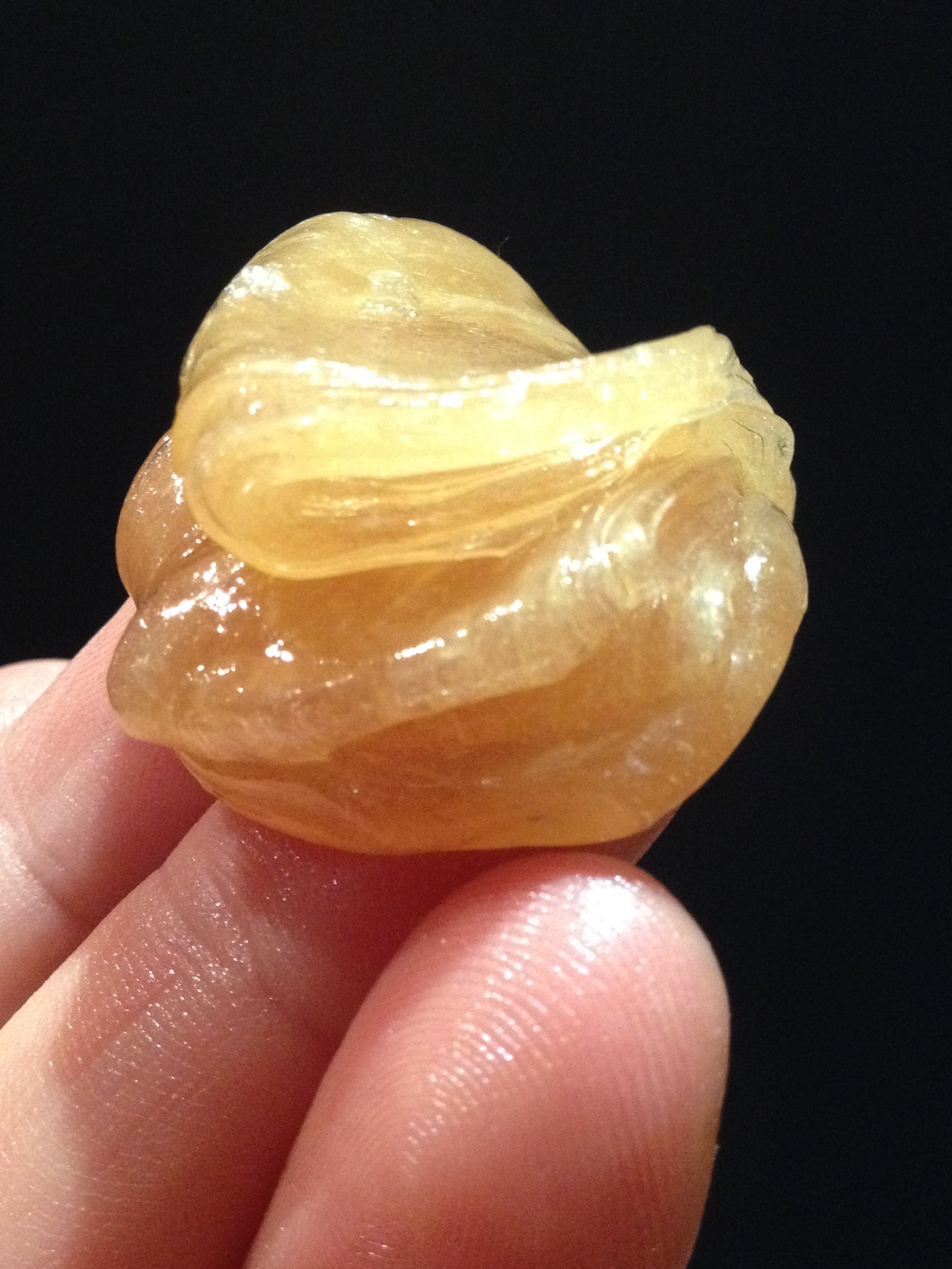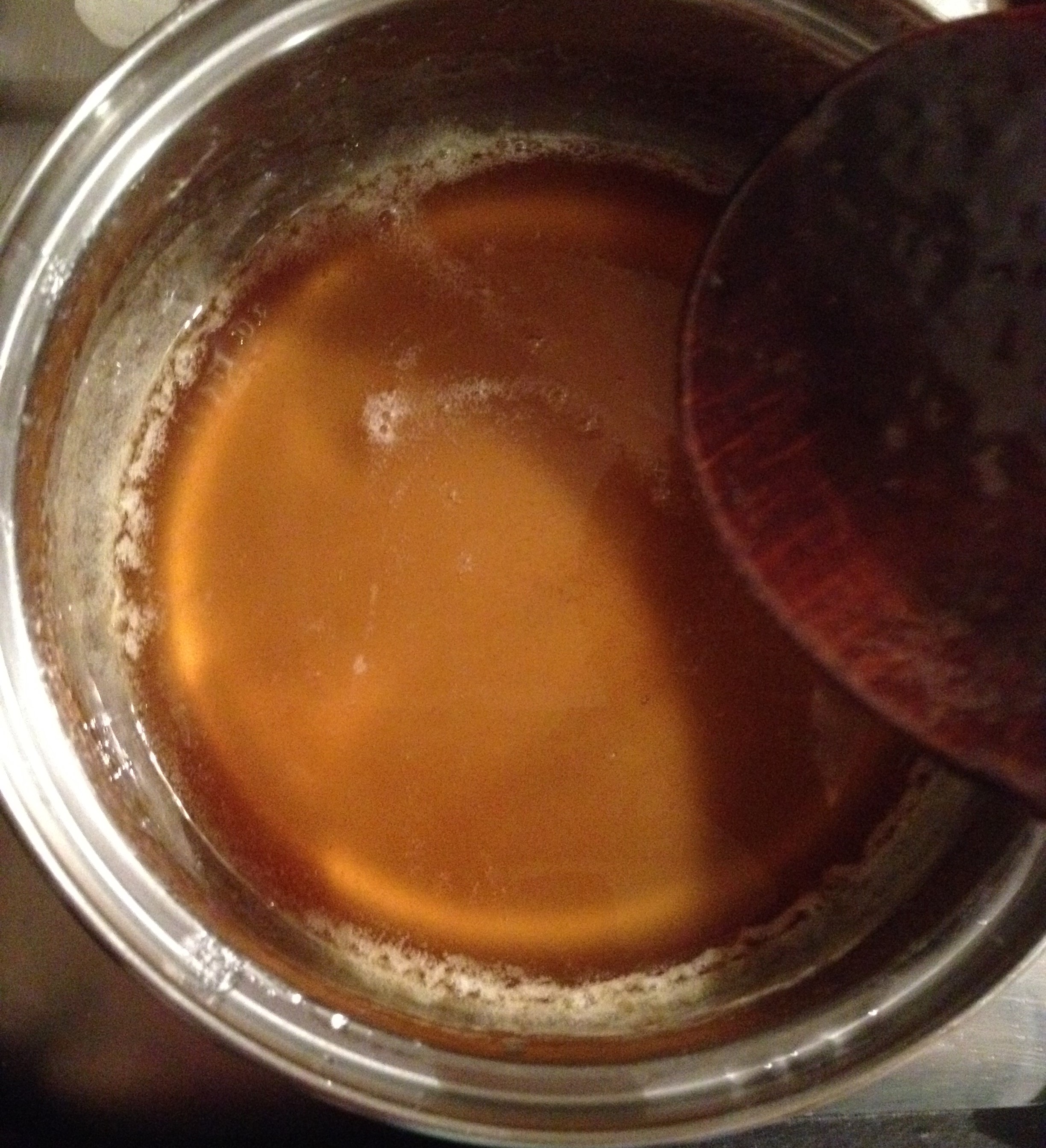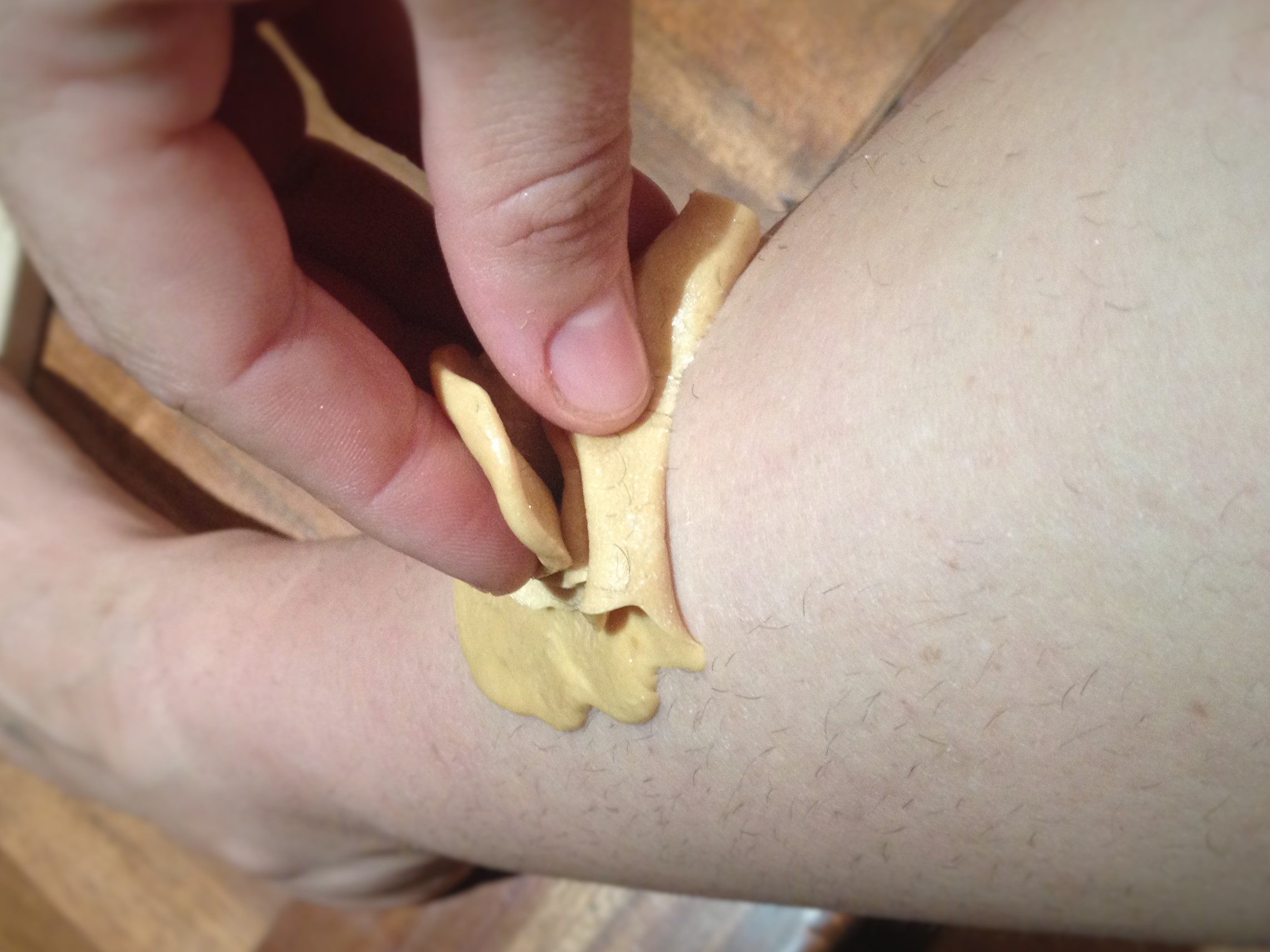Can you cut 1 Tonne of carbon pollution out of your life?
Take the challengeThis is a guest article from the 1 Million Women community by Tammy Logan
Since starting a plastic-free lifestyle I haven't used hair removal wax. Both salon and home treatments come packaged in plastic. I'm mostly happy with shaving ( I use a safety razor) but for some areas I prefer waxing.
I didn't want to go down the path of laser hair removal because of the expense, and I didn't want to add more appointments and travel time into my schedule. So I lamented to my sister that there must be a way to make hair removal wax at home.
"Sugaring" she remarked like it was obvious.
"Sugaring?" This sounded promising.
"Yeah, just melt sugar and use it like wax" she said more enthusiastically.
I was into this idea. Apart from being all natural, sugar is easy to get in recyclable packaging, if not package-free from bulk bins.
After some internet research I discovered that sugaring is done by making a paste of sugar, water, and lemon juice that has been heated to the softball candy stage. Apparently you can substitute the lemon juice with lime juice, orange juice or vinegar. The acid in these ingredients acts as a preservative and helps stop the sugar from turning into hard candy. But as I learnt, over-cooking the paste will still make it go rock hard when it cools down. Be prepared for a bit of trial and error, but sugaring definitely works. Another zero waste win!

Making the sugaring paste
Ingredients:
1 cup white sugar
2 tablespoons lemon juice (no pulp or seeds)
2 tablespoons water
Method:
Put all ingredients in a large stainless steel pot to prevent spillage. Cook on medium to low heat, stirring frequently. Take off the heat when the sugar turns honey coloured (the temptation to eat this stuff is high, but I don't recommend it, it got stuck all over my teeth). This took me about 7 minutes but it will be a bit different for everyone so stay focused. I also tested if it was ready by placing a spoonful of paste in cold water. You can place the spoon in a bowl of water, but I found putting it under the tap worked just as well. You are looking to see if the paste will hold its shape and still be pliable. Transfer the paste to an airtight glass container that has been warmed up so that the glass won't break. Let it cool to room temperature before using.
Cooking tip: It's better to take your wax off the heat too soon rather than too late. If it's not thick enough, you can always heat it more, but if it overcooks it will turn solid. If it turns solid, try adding a tablespoon of water and heating for 10 or 20 seconds at a time in a microwave. When it softens, mix together and use when it cools down enough. I was able to salvage most of my first batch this way.
Safety tip: Please be really careful when cooking the sugaring paste, it can cause severe burns if it gets on your skin.

Using the sugaring paste
Some people use sugaring paste like strip wax but that is not how it was intended to be used. If you choose to do this you can use cloth strips made from scrap material, and because sugaring paste is water soluble, the strips will wash easily allowing you to reuse them.
I wanted to stick to the more traditional paste method of removing the hair (sugaring has been commonplace throughout the Middle East and North and East Africa for centuries). I found that it works brilliantly.
Store sugaring paste in an airtight glass container. When you're ready to use it, take out a blob and roll into a ball.
Start with clean, dry skin. With your ball of paste, drag it over the skin going against the direction of the hair. Then use your free hand to hold the skin taut, while using your fingers and wrist to flick the paste off in the direction of hair growth.
Sugaring works in the opposite direction to waxing. You can use the same ball of paste over and over again until you feel it is not useful anymore (very thrifty). It will lighten in colour with more use. Happy sugaring!
For me, this works just as well as waxing. You can go over the same area when sugaring, unlike for waxing. To use sugaring paste, apply against the direction of hair growth then remove in the direction of hair growth so that the hair slides out.
Have you ever tried this before? Please share your tips and tricks in the comments!
READ THIS NEXT: Plant-based alternatives to microbeads
About the author: Tammy Logan is the founder of Gippsland Unwrapped. She lives on a farm, is a mother, a passionate eco-warrior and has a degree in conservation biology. After completing Plastic Free July Tammy realised that she did have a choice about how she lived her life or voted with her dollar. And so, Gippsland Unwrapped was born. It's a blog about living a life that leaves less of an impact on the world.
Keep up with Gippsland Unwrapped: On the website | On Facebook | On Instagram | On Twitter
1 Million Women is more than our name, it's our goal! We're building a movement of strong, inspirational women acting on climate change by leading low-carbon lives. To make sure that our message has an impact, we need more women adding their voice. We need to be louder. Joining us online means your voice and actions can be counted. We need you. We're building a movement of women fighting climate change through the way we live.
